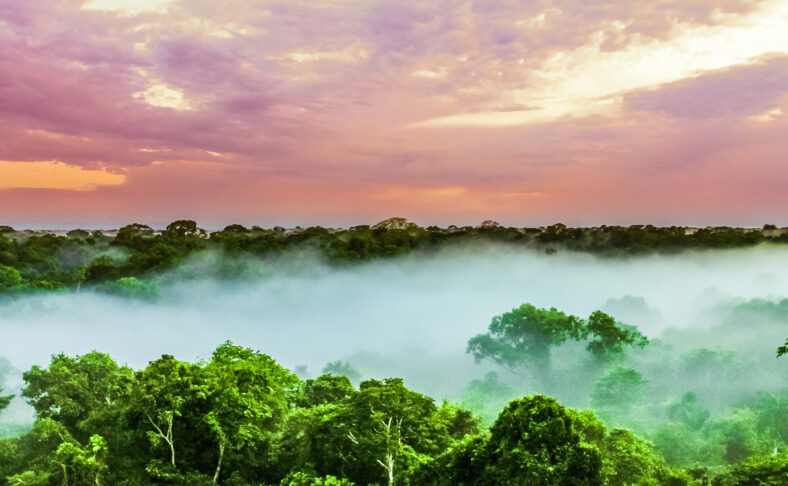These Critically Endangered Monkeys Are Being Threatened By Deforestation, And Time Is Ticking To Save Them

Recently, the Groves’ Titi monkeys have been venturing out beyond the boundaries of the Amazon rainforest where they live, and it’s all thanks to deforestation.
The species are listed as critically endangered by the International Union for Conservation of Nature (IUCN). Their habitat is gradually becoming more limited as humans continue to clear away the land for agricultural development. Now, the monkeys are trying to find suitable homes for themselves and their families.
One man named Armando Schlindwein spotted an orange-bearded monkey on the roof of his farmhouse located at the edge of the Brazilian Amazon in 2024. After the encounter, Schlindwein was inspired to start a reforestation drive for the monkeys.
“This little creature is endangered. We need to do something to preserve it,” said Schlindwein, a 62-year-old farmer in Brazil’s Sinop municipality.
Last year, Schlindwein and his neighbors were able to plant the seeds of 47 native tree species on 2.5 acres of deforested land, with the help of organizations like the Ecotono Institute and the Movement of People Affected by Dams.
They hope the new growth will provide more space for a monkey family of four adults and an infant within five to seven years. The species are known locally as zogue-zogue and scientifically as Plecturocebus grovesi.
Groves’ Titi is about the size of a house cat. They are found only in Mato Grosso state, and there are just a few thousand individuals left. They are considered to be one of the 25 most endangered primates in the world.
A study from 2019 reported that the zogue-zogue had already lost 42 percent of its forest habitat. In just a quarter of a century, it could reach 86 percent if nothing is done to stop the destruction.
“When offspring are born and need to migrate to continue the reproductive cycle, they have nowhere to go,” said Gustavo Rodrigues Canale, a primatologist at the Federal University of Mato Grosso.

Sign up for Chip Chick’s newsletter and get stories like this delivered to your inbox.
“Human action leaves them trapped in small forest fragments.”
Farmers are clearing the land for soybeans and other crops. They are primarily responsible for the shrinking forest. Forest loss could be mitigated by more sustainable models of land use.
Deforestation is not the only threat to the monkeys. One side of their territory has been cut off by flooding from a hydroelectric plant located nearby.
There used to be a stream lined with trees, but the plant has created a lagoon so large that the monkeys cannot cross it. The body of water is about 984 feet across.
The company has also been accused of leaving felled trees in the river to rot, which kills the fish. The rotting wood becomes exposed during the dry season, contributing to forest fires that injure and displace monkeys and other animals.
More About:Animals